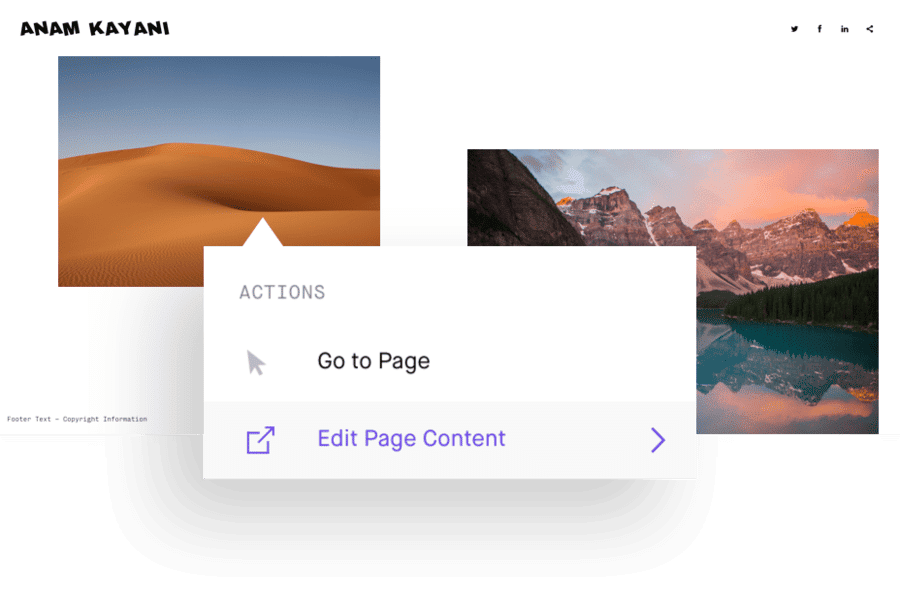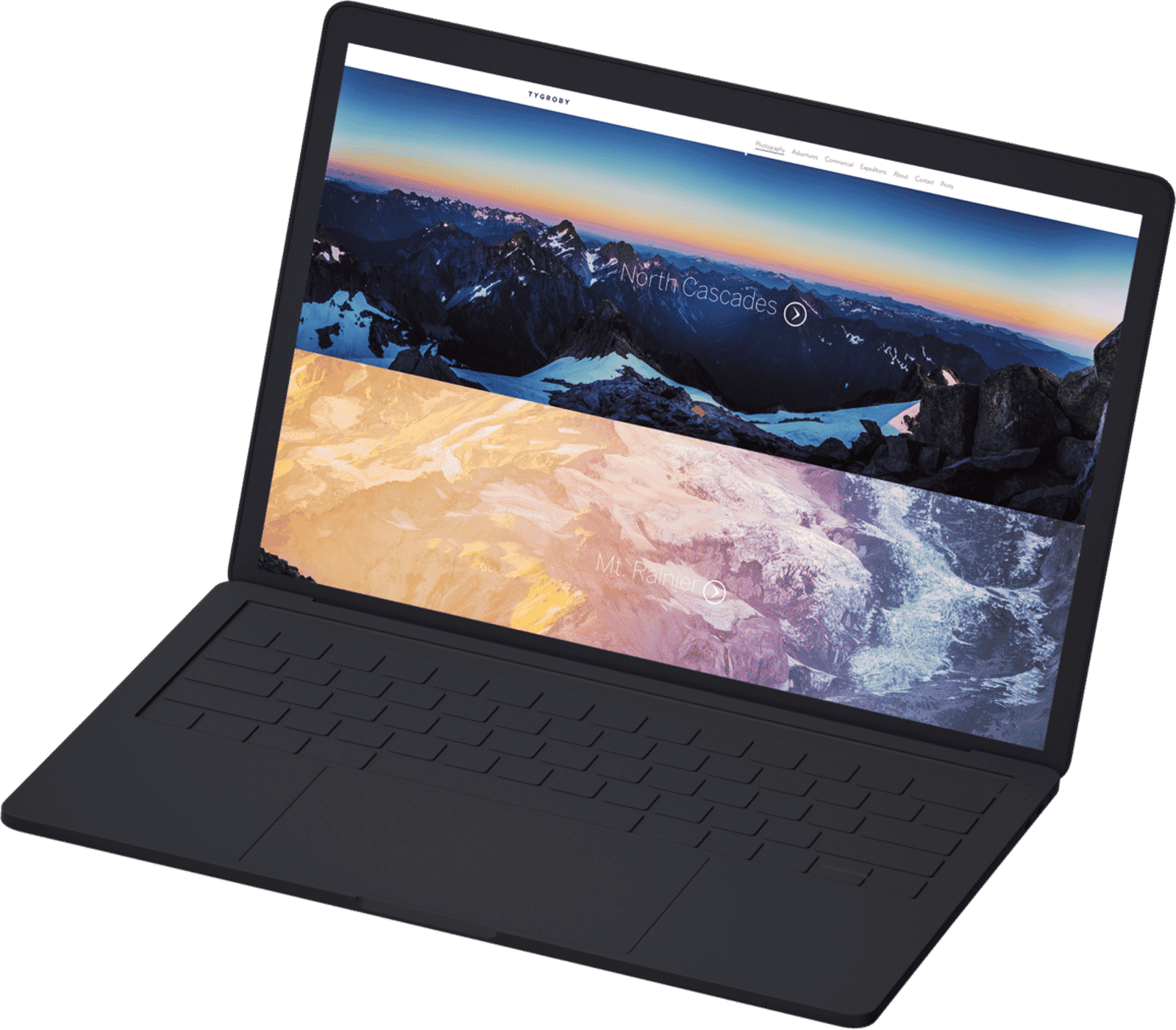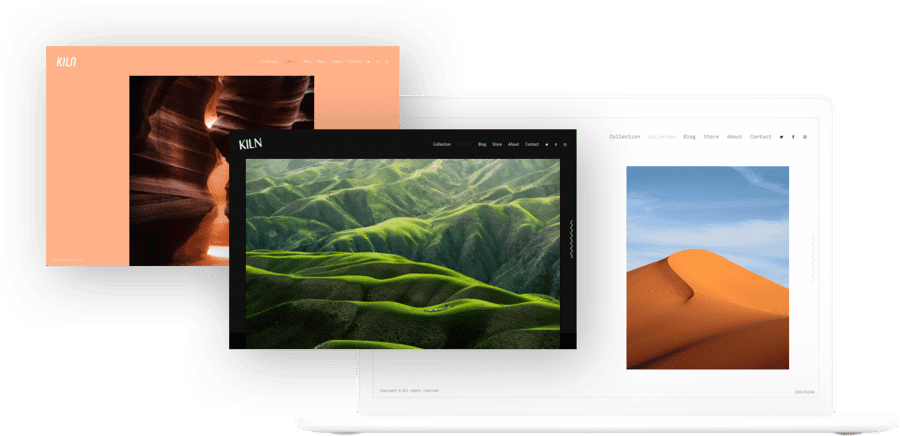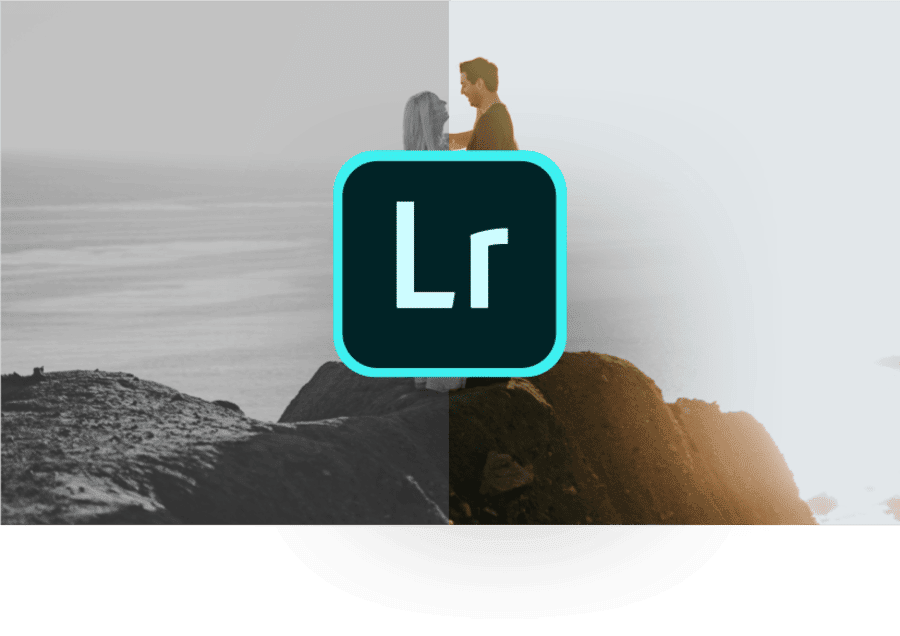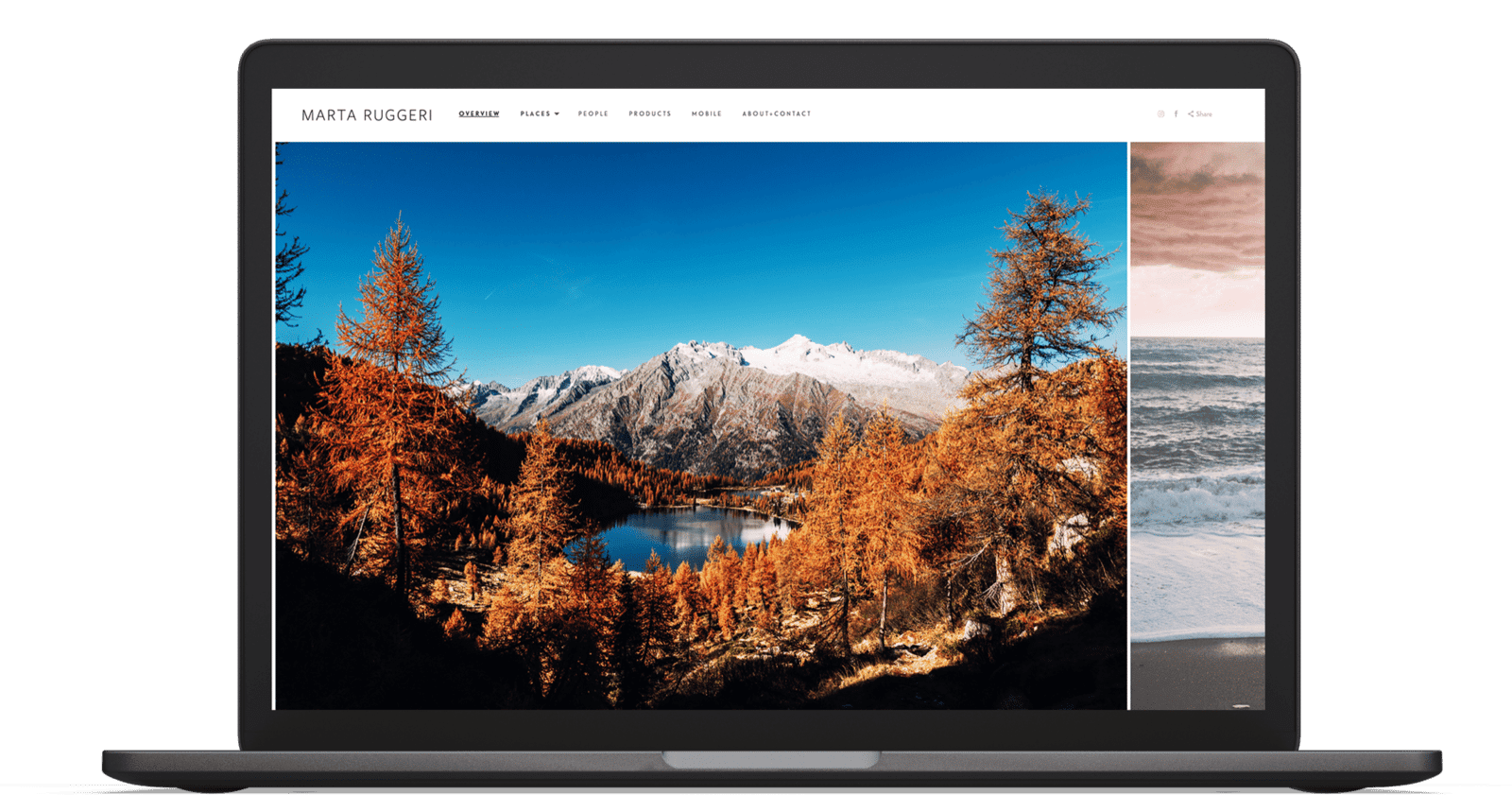Since you already know what’s involved in taking beautiful landscape photos, it’s time to turn your attention to what to do with those photos once you take them! If you’re going to take photos for a living, you need to have a place to show your work, and it’s easier than ever to create your own portfolio website. Here’s our step by step guide to creating the perfect portfolio in 8 easy steps.
Choose your website builder.
Look for a fully customizable portfolio website that allows you to design based on your photo aesthetic.
Select a theme.
You’ll want your portfolio to appear cohesive, and your theme can reflect your photography style.
Upload your best work.
Although it may be tempting to put up all of your photography work at once to show your versatility, a professional photographer needs to be intentional about which photos they choose to showcase. This should be a space for you to show off your very best work, so don’t bother including something that doesn’t measure up.
Personalize your website design.
If you have already established branding for your business, like a logo and colour scheme, this is your opportunity to put them to good use.
Add your contact information and about me page.
With so many options when it comes to hiring photographers, the more information that you can include that sets you apart from the competition, the more likely a potential client is to choose to work with you. It should also always be clear how people can contact you nd the type of work you are available for.
Create an online store.
Since you’re going to be uploading your photos to your website anyway, it just makes sense to offer them as prints that viewers can buy as they browse your work.
Set your website up for SEO.
Search engine optimization is hugely important when it comes to attracting new clients. If they can’t find you when they search relevant keywords, you could be losing out on all kinds of work.
Social media integration.
Link your new website portfolio to all of your social media profiles to connect with even more opportunities for work.
Once you’ve got your professional photography portfolio set up and ready, you can easily update it as you continue to improve your skills and to reflect recent projects.
